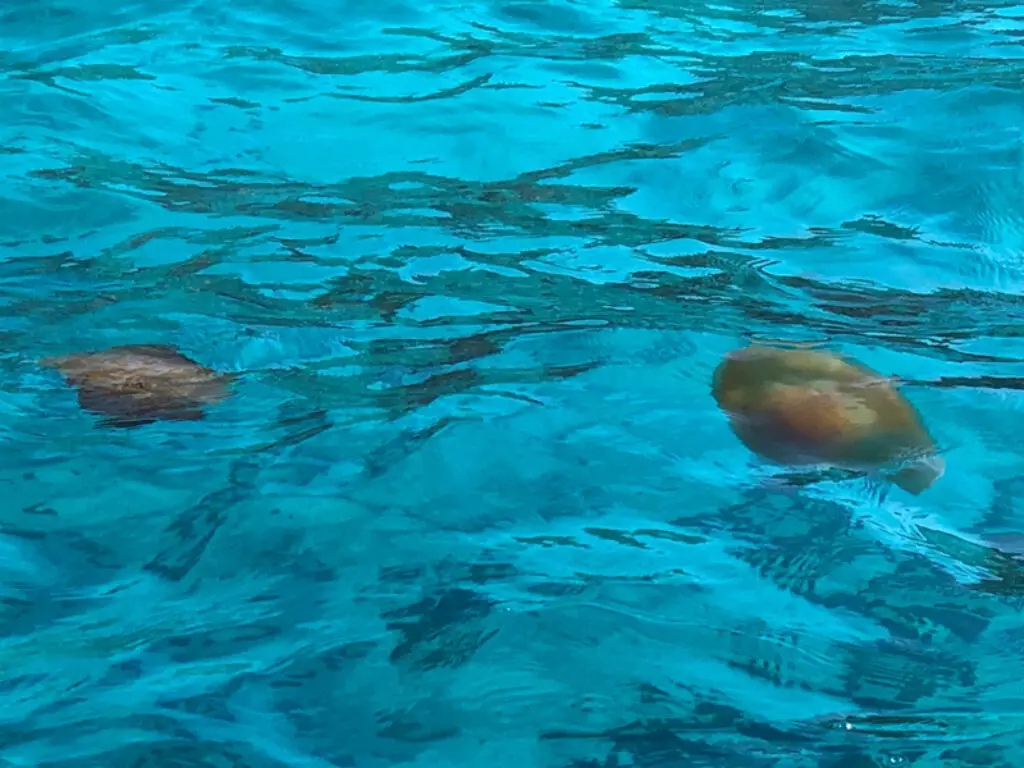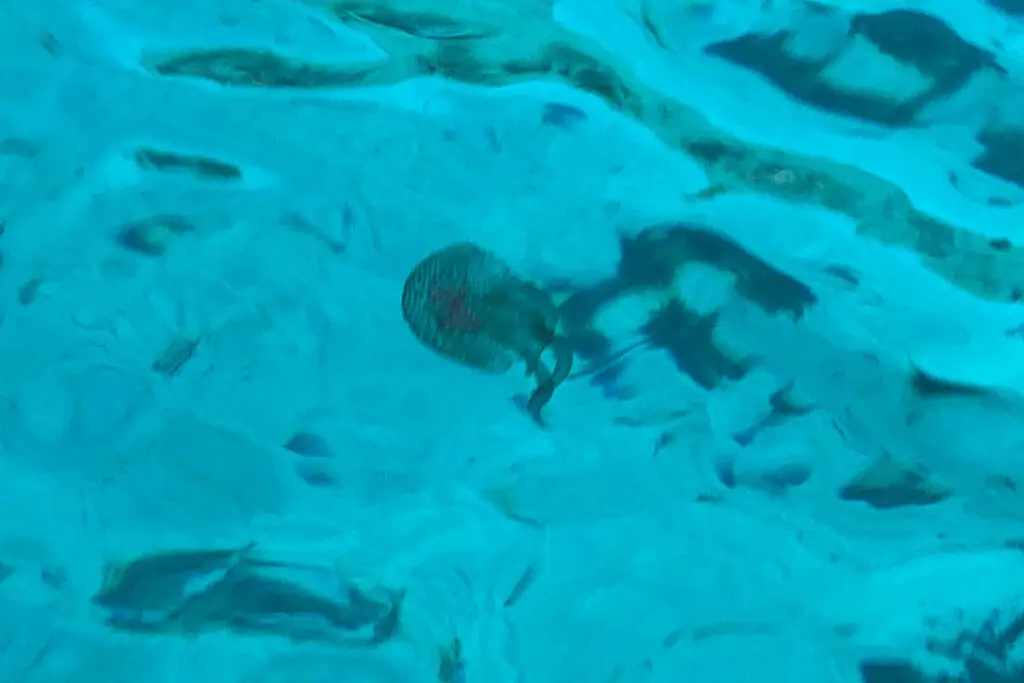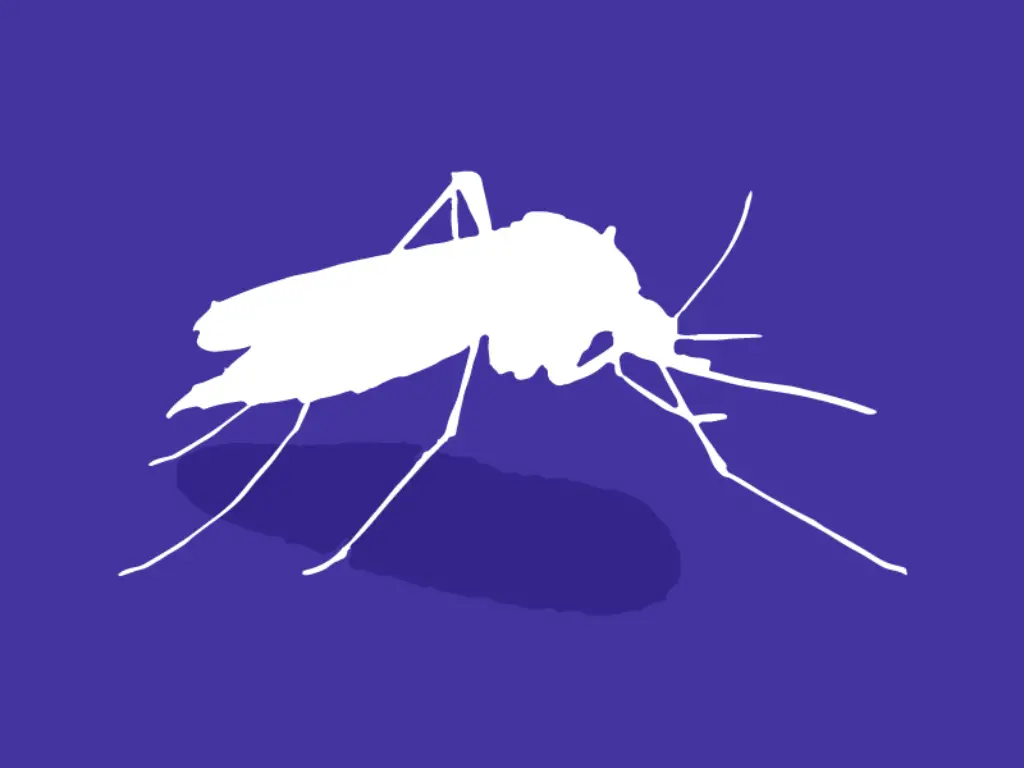Jellyfish in Ibiza | Info | Best Live Bays | Treatment
Ibiza is a perfect location for soaking in the sun and the sea. While there, you may encounter jellyfish in Ibiza, but you should not let that ruin your time at the beach. By making informed decisions and being prepared, you can enjoy your beach experience with greater peace of mind.
Around 12 species of jellyfish are found in the Balearic Sea, including Ibiza. Most of them are harmless or inflict only mild stings, but others have a more potent sting that can cause severe discomfort lasting for weeks. Moreover, there is a rare jellyfish-like organism known as the Portuguese Man o’ War, which can be dangerous to humans.
Below is handy information you should know about jellyfish season, a tool with the best live bays to avoid them, the different types of jellyfish and which ones to look out for and information on treating jellyfish and siphonophore stings.
Jellyfish Season in Ibiza
Jellyfish season in the Mediterranean region including Ibiza, typically coincides with the warmer months of the year. This is when water temperatures are favourable for jellyfish to grow and reproduce.
The season may start as early as April or May and last until September or October. However, the exact timing can vary from year to year. This is because of factors such as water temperature, currents, and other environmental conditions.
During the peak summer months of June, July, and August, jellyfish populations are generally more abundant. Unfortunately this is also the time when most travellers flock to the beach and encounter them.
Avoiding Jellyfish in Ibiza and Best Live Bays
In general, most beachgoers do not get stung by jellyfish in Ibiza and you may not encounter them at all. If you do, you will usually see one or a few jellyfish scattered here and there.
It is crucial for you to always be aware of your surroundings. If you spot one close to you, you can easily avoid getting stung by moving away. Additionally, if you glance over at other beachgoers every so often, you can usually figure out if there are jellyfish in the vicinity.
Ideally you or someone else could use a net or other tools to remove the jellyfish from the water. You can either place it on the shore or throw it out in a bin to minimising the risk to you and others.
For additional assistance, you can refer to Meduseo, a live map displaying jellyfish distribution across Ibiza. This map shows areas with varying levels of jellyfish presence, from very low to very high.
It doesn’t show all areas across Ibiza, but it is handy because it can help you to make better informed decisions about which beach to visit on the day. Additionally, while Meduseo is a helpful tool, its accuracy may have some limitations and delays.
Jellyfish are passive drifters, carried by wind and sea currents. As a result, their location can change throughout the day. The morning could provide a jellyfish free experience, but they may appear later in the afternoon.
To be prepared, it’s a good idea to keep After Bite readily available. After Bite is effective in treating common jellyfish stings and comes in a small, portable bottle for easy carrying. It’s a popular addition to any first aid kit, providing relief from jellyfish stings and insect bites.
Moreover, you should check the news for any beach closures in Ibiza. This can sometimes happen due to a potentially dangerous species where beaches are closed for public safety.
You can find more comprehensive information on treating jellyfish stings and species of jellyfish further down this article.
Types of Jellyfish in Ibiza and What to Look Out For
There are around 12 species of jellyfish in Ibiza, some common and others less so. At times siphonophores are also spotted in Ibiza. These are jellyfish-like creatures that are actually colonies of organisms.
Here is a list of the most common jellyfish, including a ctenophore and a couple of rare siphonophores at the end. They are in order of sting potency, starting from harmless and progresses to those with more venomous and potentially dangerous stings
1. Leidy’s Comb Jelly (Mnemiopsis Leidyi)
The Leidy’s Comb Jelly is not a true jellyfish but a jellyfish-like organism known as a ctenophore. It has a transparent and gelatinous body with rows of cilia that give a comb-like appearance. The Leidy’s Comb Jelly is harmless and does not possess stinging cells like true jellyfish.
2. Moon Jellyfish (Aurelia Aurita)
The Moon Jellyfish is transparent or translucent with a bluish or pale pinkish umbrella-shaped bell. It’s sting is mild to moderate and usually not harmful to humans, causing only mild irritation.
3. Barrel Jellyfish (Rhizostoma Pulmo)
The Barrel Jellyfish is translucent or bluish with a rounded, barrel-shaped bell. It has a mild sting that is usually not harmful to humans and causes only minor irritation.
4. Fried Egg Jellyfish (Cotylorhiza Tuberculata)

The Fried Egg Jellyfish is creamy-white to yellowish-brown with a flat, disk-shaped bell resembling a fried egg. It has a mild sting that is generally not harmful to humans and causes only minor discomfort.
5. Blue Jellyfish (Cyanea Lamarckii)
Blue Jellyfish are vibrant blue or blue-green with long, trailing tentacles. They have a mild to moderate sting that is typically not dangerous, but can cause some discomfort.
6. Compass Jellyfish (Chrysaora Hysoscella)
The Compass Jellyfish is transparent or light pink with a distinctive brown compass-like pattern on the bell. Its sting is mild to moderate and generally not severe but may cause discomfort.
7. Mauve Stinger (Pelagia Noctiluca)

The Mauve Stinger is pinkish-purple or mauve with a bell-shaped body and trailing tentacles. It has a moderate to severe sting that can cause intense pain, skin irritation, and in some cases, allergic reactions.
8. Forskalia Edwardsi
Forskalia Edwardsi is a deep-sea siphonophore that is translucent, may have an orange to red tinge and shaped like a snake. It is not native and rarely spotting in the Mediterranean since it originates from the Atlantic ocean. It has a moderate to severe sting that can cause intense pain.
9. Portuguese Man o’War
The Portuguese Man o’ War is known for its striking appearance with a floating, gas-filled bladder that is usually blue or purple. The bladder is often iridescent, making it an eye-catching sight. Long, trailing tentacles can extend from the bladder and are typically blue, pink, or purple.
The sting of the Portuguese Man o’ War is potent and can be dangerous to humans. It is essential you avoid contact with this siphonophore because its tentacles can deliver an excruciating and venomous sting.
However, although most Portuguese Man o’ War stings are painful, most people live to tell the tail. The stings characteristically look like whip lashes and cause skin irritation, pain, and in some cases, more severe reactions.
The Portuguese Man o’ War is the only species that have resulted in rare ‘jellyfish’ deaths in the Mediterranean. It is not native to the Mediterranean Sea and enters through the Strait of Gibraltar.
Although once rare, sightings have increased over the years, to the point where they have caused disruption. Spanish authorities have closed down particular beaches in rare cases due to many sightings of this species.
The Spanish launched a scientific tool in 2021 that predicts the arrival of the Portuguese Man o’ War. It helps to calculate information 3 to 4 months in advance before the creature arrives so they can mitigate the impact. Hence it’s important to check the news for up to date information on this species and any potential beach closures.
Moreover, whether you are stung or come across a Portuguese Man o’ War, please advise the life guard on duty immediately and call the emergency line on 112.
Treating Jellyfish Stings
Most of the time with jellyfish stings in Ibiza, you can easily treat the affected area yourself. Here is what you should do to treating jellyfish stings from the most common species:
- Rinse the affected area with seawater for 5-10 minutes.
- Use a straight-edged item, like a credit card, to gently remove the stinging cells, even if they are not visible.
- Apply vinegar, alcohol, or After Bite. After Bite, is particularly useful to have on hand because it comes in a tiny portable compact bottle you can carry with you anywhere.
You will experience discomfort and irritation, but it will subside over time. Milder stings will clear far more quickly than those of the Mauve Stinger. However, if you experience a more severe reaction, or if the affected area does not improve within a couple of days, you should seek advice from a doctor.
Treating Siphonophore Stings
You need a different approach for siphonophore stings. Although they are generally not deadly, some people have had severe reactions to their stings.
If you get stung by a siphonophore, follow these steps:
- Notify the lifeguard or call the emergency line at 112 if no lifeguard is present, so they can provide guidance.
- Apply seawater to the affected area. However, avoid using rubbing alcohol, freshwater, or ice, as they may release toxins from the tentacles.
- Carefully scrape off the stingers.
- Apply a hot pack to the area.
You should monitor your reaction to the sting over time. If it does not subside or gets worse you should seek medical advice again.
Related Articles

Uncover the Best Water Parks to Visit in Ibiza This Summer

12 Fun Things to do With Kids in Ibiza + Map

Mosquitoes in Ibiza: Types, Disease, Prevention and Care